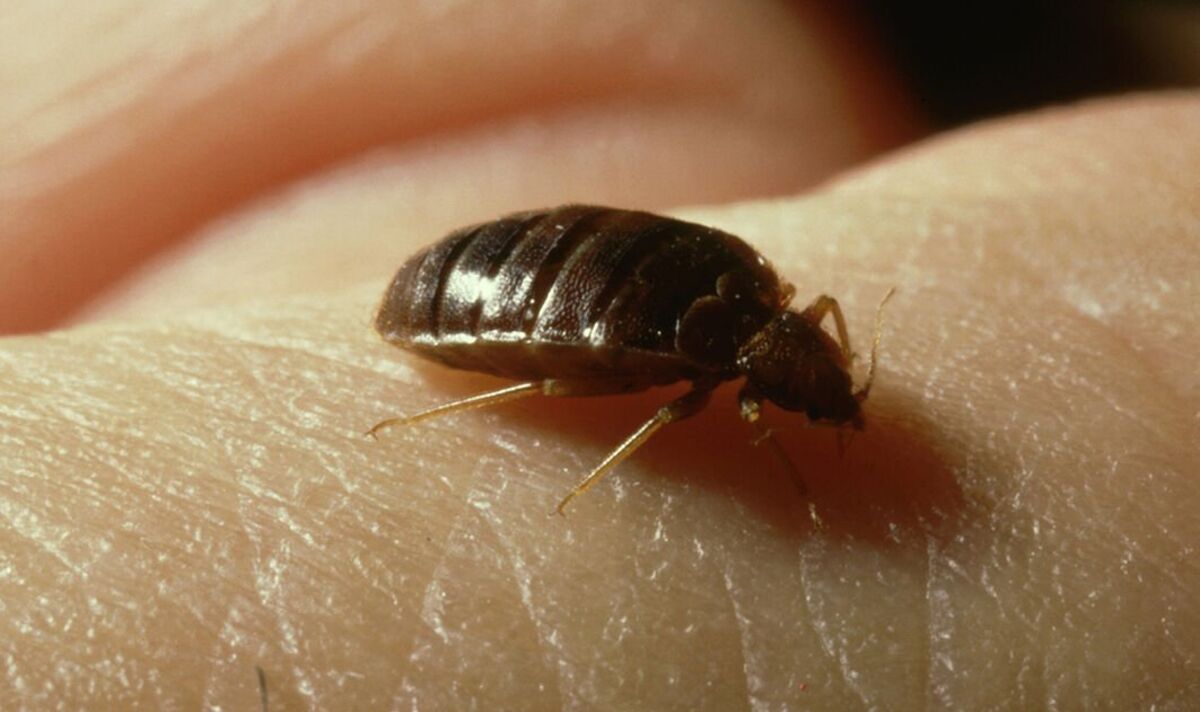
Britons are taking better precautions to keep their homes safe from bed bugs since battling a scourge of the pest on public transport and in homes. Some experts have made it clear that the infestations are not yet a cause for concern, but here are three ways to naturally repel the pest from your clothing.
Three ways to get rid of bed bugs
Lavender oil
One plant that is commonly used in many commercially sold insect repellents and has been deemed equally effective for controlling bed bug numbers is lavender.
It is most effective when sprayed across different areas of the house and on clothing, as bugs cling onto garments and furniture when seeking shelter in a new home.
According to Pestcorn Pest Management: “Lavender oil contains compounds known to have insecticidal properties, so it makes sense that it could be used as a natural way to get rid of bed bugs. Bed bugs don’t like lavender and other essential oils because they’re toxic. Lavender contains compounds that kill bed bugs and their eggs.”
READ MORE: Bed bugs LIVE: Full list of UK hotspots and symptoms as Brits report surge in infestations
Blood orange oil
Lake Norman Pest Control states blood orange essential oil is proven to be one of the “most effective solutions when bed bugs are the matter and it can kill the pest successfully”.
They continue: “The scent can keep those pests away from your home and will prevent them from coming back.
In one study on the effectiveness of essential oils conducted by the USDA, blood orange oil was found to be the most effective at killing bed bugs and their eggs.
All oils studied have some level of toxicity towards bed bugs, but they differ slightly in their mortality rates.
Tea Tree oil
Tea tree is deemed a highly effective means of killing bed bugs, though it works best as a contact-type chemical-free insecticide.
In other words, the product works best when applied or sprayed onto the targeted insect as opposed to clothing and furniture.
Like both aforementioned oils, the product kills the bed bugs by penetrating the exoskeleton and suffocating the pest and is most effective when used as a fumigant.







